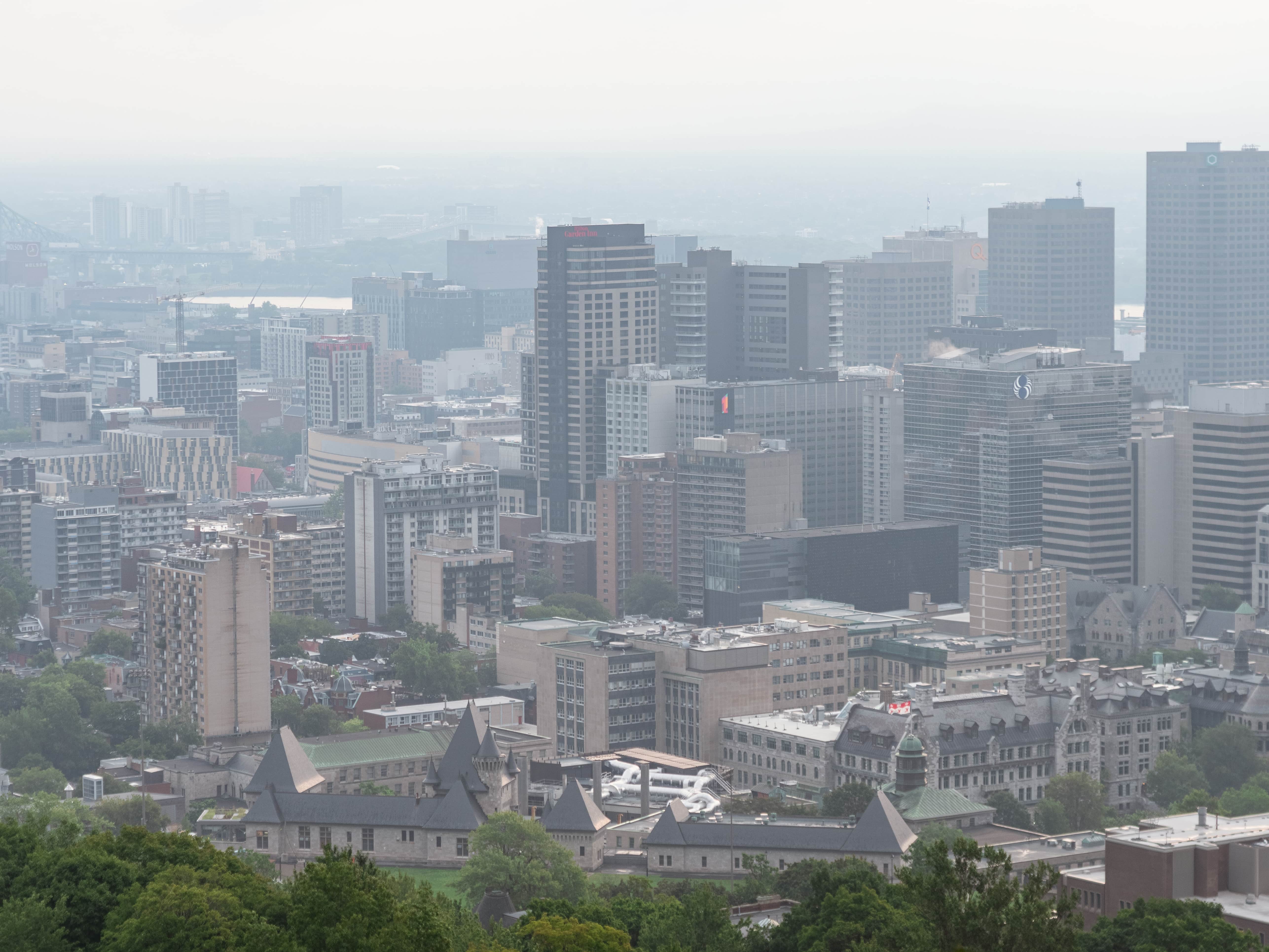Particulate matter (PM) 2.5 is a group of airborne particles smaller than 2.5 micrometres found in ash, dust, vehicle exhaust, smoke, and sometimes the air we breathe. A micrometre is roughly one-millionth of a metre—about 30 times smaller than the average diameter of a human hair—and is only visible with a state-of-the-art electron microscope. With such a small size, these particles are deadly to humans: In 2015, they were responsible for an estimated 4.2 million premature deaths worldwide, 60 per cent of which occurred in Asia. The regulation of PM2.5 is a pressing concern to scientists as this form of pollution is on the rise globally.
The minuscule size of a PM2.5 particle allows it to penetrate deep into human airways, where it can cause a plethora of health issues including cancer and pulmonary disease, which is usually induced by tobacco smoke or asbestos. Long-term exposure to PM2.5 was involved in more than four million deaths in 2019 alone—even higher than that of COVID-19, which, as of April 3, 2021, has a death toll of 2.85 million worldwide. If no action is taken to reduce the presence of PM2.5 in the air, this form of pollution will continue to be a major threat to those who are more vulnerable to respiratory illness.
In a recent study, a team of McGill researchers compared PM2.5 regulations globally, and found that 3.17 billion people live in countries without restrictions limiting the concentration of PM2.5 in the air. The study also reported that in countries with restrictions in place, the limits are often higher than what is considered safe by the World Health Organization (WHO). The researchers offered policy suggestions on how to prevent these microscopic particles from moving into human airways.
In many countries, air pollution constitutes a leading cause of death. In the United Kingdom, for example, a coroner made history by ruling that air pollution was the reason for Ella Kissi-Debrah’s death. Kissi-Debrah was a nine-year-old girl from South-East London who lived less than 30 metres away from one of the city’s busiest roads where thousands of cars expelled exhaust daily.
McGill researchers found that the concentration of PM2.5 stayed below the limit in countries where regulations are stricter, such as Canada and Australia. However, pollution limit violations were most frequent in countries with more relaxed regulations, such as China and India. Yevgen Nazarenko, the study’s co-author and a postdoctoral fellow in the Department of Atmospheric and Oceanic Sciences, believes that tighter regulations and standardized methods of measurement are needed to mitigate the dangers of PM2.5.
“We need tools that give us a benchmark allowing us to gradually reduce air pollution, disease incidence, and premature mortality,” Nazarenko said in an interview with The McGill Tribune.
The study recommends implementing universal standards of PM2.5 measurement worldwide, as well as unified global limits and clearer enforcement mechanisms. There are existing techniques such as short-term averaging, which allow for closer monitoring of spikes in pollution by recording PM2.5 concentrations for 20 minutes to one hour.
Nazarenko compared the challenges of global PM2.5 regulation to the COVID-19 vaccine distribution, explaining that keeping people safe requires international cooperation to ensure the same standards of protection for everyone—whether it be through vaccines or pollution regulation.
“If we do not work on vaccine distribution globally, COVID-19 will keep spreading and new variants will arise that vaccinated people aren’t protected against,” Nazarenko said. “The same goes for controlling air pollution […] you need to intervene globally if you want to save people in your own country.”
After all, if there is one resource that transcends global borders, it is the air we breathe.








